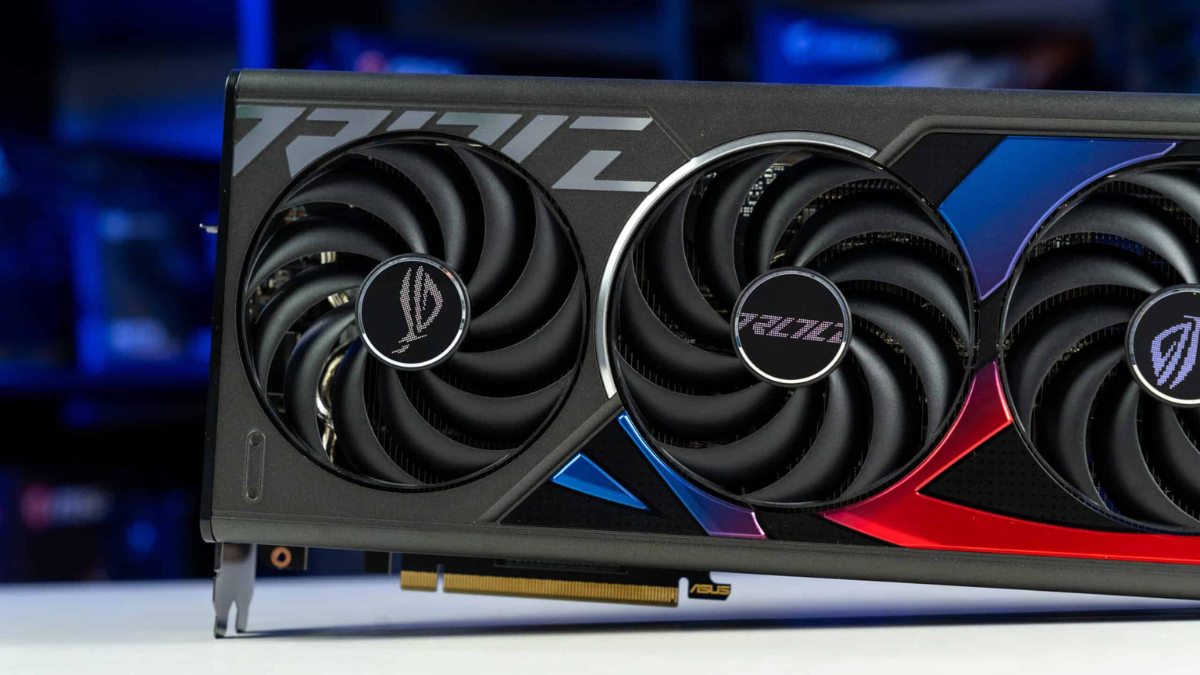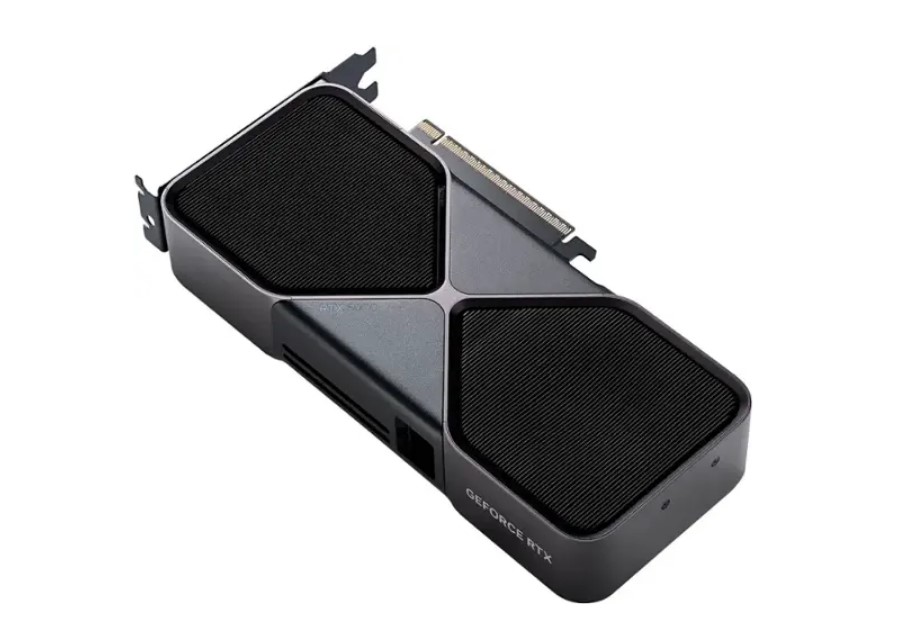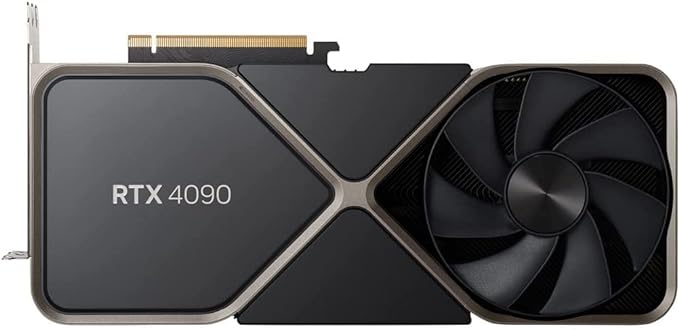RTX 5070 vs RTX 4090 specs comparison – what we know so far

Table of Contents
Nvidia has come out swinging with its RTX 50-series GPU announcement at this year’s CES, but perhaps the biggest shock announcement was that the RTX 5070 is set to deliver the same performance as the god-tier RTX 4090, for a whole lot less too.
The first thought on our mind was just how close the RTX 5070 is to the RTX 4090. Thanks to CES 2025, we have some information on the new card that we can work with – namely, its specs. However, the RTX 5070 and 5070 Ti were supposed to be released on 20th February, but the former has reportedly been delayed till mid-March.
So, we’ll have to wait a bit more to update this article with more in-depth information once we put the RTX 5070 through its paces in our testing lab, but looking at how the RTX 5070 Ti performed across various reviews, we don’t see the RTX 5070 delivering performance anywhere close to that of the RTX 4090 without the help of DLSS 4 and Multi-Frame Generation. The card that could compete with the 4090 was the RTX 5080.
For now, let’s take a look at how these two GPUs stack up on paper and see how far apart the RTX 5070 is from the RTX 4090.
Spec comparison
Here’s a breakdown of each cards specs.
| Specifications | RTX 5070 | RTX 4090 |
| Cores | 6144 | 16384 |
| Base clock speed | 2.16 GHz | 2.23 GHz |
| Boost clock speed | 2.51 GHz | 2.52 GHz |
| Memory | 12GB GDDR7 | 24GB GDDR6X |
| Memory interface | 192-bit | 384-bit |
| Bandwidth | 532.6 GB/s | 1.01 TB/s |
| TDP | 250W | 450W |
Just at a glance, it is apparent there is a massive difference in hardware as the RTX 4090 has more beefed up specifications. While the RTX 5070 does feature the new GDDR7 memory type, other features of it don't match up to that of the RTX 4090.
Memory
The RTX 4090 has 24GB of GDDR6X VRAM, while the RTX 5070 has 12GB of GDDR7 VRAM. In terms of capacity, the RTX 5070 is no match for the flagship GPU. That being said, GDDR7 has a per-pin bandwidth of 32 GB/s, while GDDR6X tops out at 24 GB/s per pin.
So, this is a difference of 8 GB/s but the RTX 4090 has double the VRAM, so it doesn't seem like the RTX 5070 can directly compete with it purely based on hardware. Also, for those who want to max out their in-game settings at high resolutions, more VRAM is crucial which the RTX 4090 has plenty of.
Bandwidth
Bandwidth is seriously important when it comes to performance, especially with gaming. As you may know, it essentially measures how much data can be sent from the GPU and VRAM per second. And it’s usually down to the bit-interface. Think of the bit-interface like the ‘width’ of the highway, memory clock speeds as some sort of enforced speed limit, and the bandwidth as an indicator of how many cars can get to through.
So the stark difference between the 5070 and 4090 is, in fact, the bandwidth. In short, the 4090 has more (1.01 TB/s) and the 5070 has less (532.6 GB/s). The 4090 has a much larger 384-bit interface, while the 5070 has a 192-bit interface. On paper, this would mean that the 4090 will do a better job of handling complex and demanding graphical tasks.
What this means, is that the RTX 4090 should do a better job of rendering video, 3D assets, and gaming with things like ray-tracing enabled.
Cores
The RTX 4090 has 16,384 CUDA cores, while the RTX 5070 maxes out at 6,144. This is a difference of 10,690 CUDA cores, which is massive. The RTX 4080 Super has 10,420 CUDA cores and this is more than that.
So, regarding cores, this is very one-sided. Even if the RTX 5070 has 4th-generation Ray Tracing cores and 5th-generation Tensor Cores, it can't compete with the RTX 4090 in raw performance.
RTX 5070 vs. RTX 4090 – price comparison
The RTX 5070 has an MSRP of $549, while the RTX 4090 had an MSRP of $1,599. However, depending on the third-party manufacturer, it can cost anywhere from $2,000 to $2,500+. So, the price difference is huge, but you're also getting much better performance.
Final word
Ultimately, on paper, it looks like the RTX 4090 has the edge, however, the RTX 5070’s Multi-Frame Generation (which is exclusive to the 50-series) is likely going to be the secret weapon here. We’re keen to test this card ourselves so we can get a more real-world idea of how it performs.
The RTX 5070 is set to release in February 2025, so be sure to check back in with us them to see which one comes out on top in our testing.

